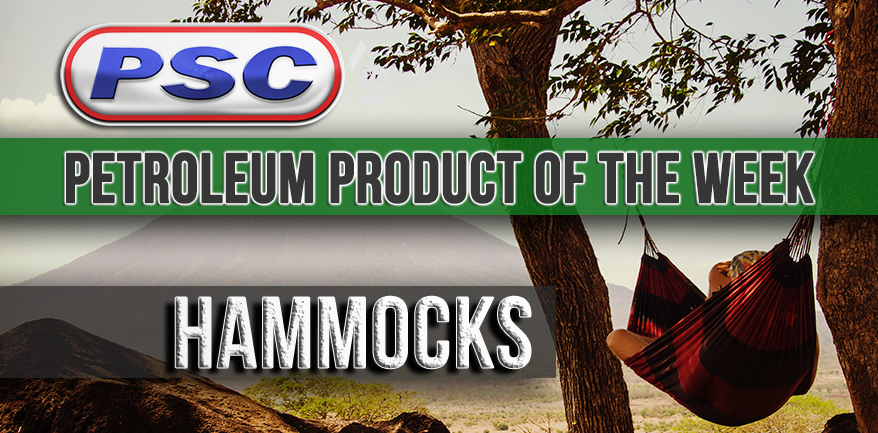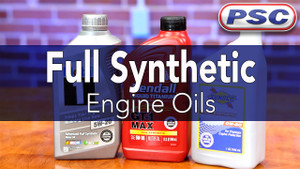Petroleum Product of the Week: Hammocks
By on May 19 2017

I'm looking into purchasing a hammock and I thought this was the perfect opportunity to look into how they're made and the best ones to buy.
I've been seeing a lot of nylon-based hammocks, and they're all spread out as far as pricing goes. So, what's the deal with that?
What's the Best Hammock? (best qualities in a parachute hammock?)
Hammocks are a great alternative to camping in tents, cabins, or campers. When you're looking into the right one for you, you'll want to keep a few things in mind:
- Weight and number of occupants;
- The type of camping you'll be doing;
- The type of weather the hammock will be exposed to;
- Where you will be using the hammock.
There are so many types of hammocks available: rope, jungle, tree, parachute ... and each one is meant for different uses and environments. Each style is also made with different materials.

Rope hammocks, for example, are either made of cotton or polyester. Cotton can hold moisture, leading to mold, but that problem is eliminated with polyester, which is resistant to water retention. This is just one example of the things you must keep in mind when buying a hammock.
Parachute hammocks are often made of parachute nylon. This type of nylon is durable, lightweight, breathable, and one of the most popular hammock styles on the market today.
Quality is often one of the components of price differences, which makes sense. Better quality nylon is a must unless you're okay with falling through your hammock at any given time.
If a Tree Falls in the Forest, Where's the Petroleum?
We've talked about nylon-based camping-related things before, including tents, backpacks, and we even have a post about camping.
So why is nylon used so frequently in camping essentials? Because it's durable.

There are also many components that go along with the actual hammock: straps, clips, and even some stands. These hammock stands are sometimes made from PVC piping (hello petroleum).
Tree saver straps are wide webbed straps that secure your hammock to trees while ensuring that you don't actually cause damage to the tree. They are often made from synthetic materials including nylon, polyester, spandex, and more--all derived from petroleum.
While some people are wary of the effects petroleum has on the environment, it provides a way for us to enjoy nature and products like tree saver straps help to ensure that we aren't damaging the environment while doing so.
So, I've at least settled on tree saver straps and a nylon hammock ... now I just have to settle on a brand and color.
If you're looking for tips for your first outdoor hammock camping trip, this article provides some great tips and guidelines to make sure you have a great time while making a minimal impact on the environment.
Happy Hammock-ing!
Sources:
https://www.littleriverco.com/blogs/handbook/everything-you-have-ever-wanted-to-know-about-hammocks https://www.rei.com/learn/expert-advice/hammocks.html https://www.rei.com/learn/expert-advice/hammocking-responsibly.html






